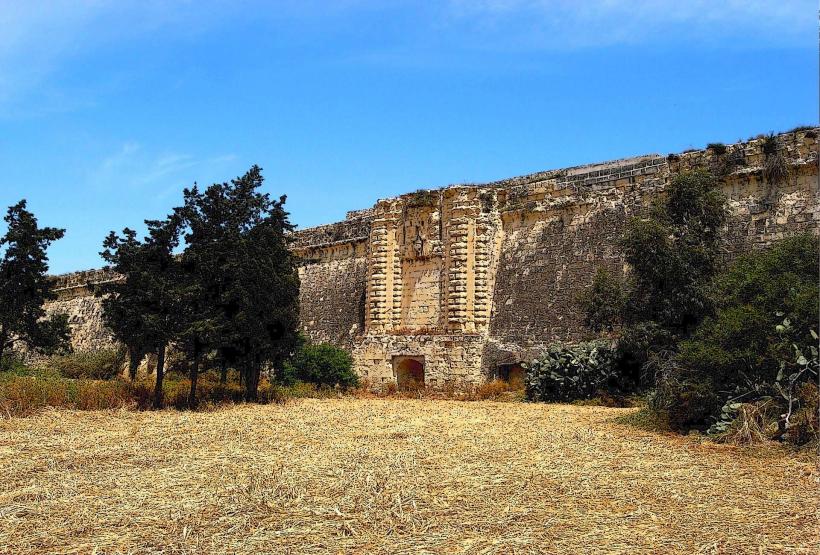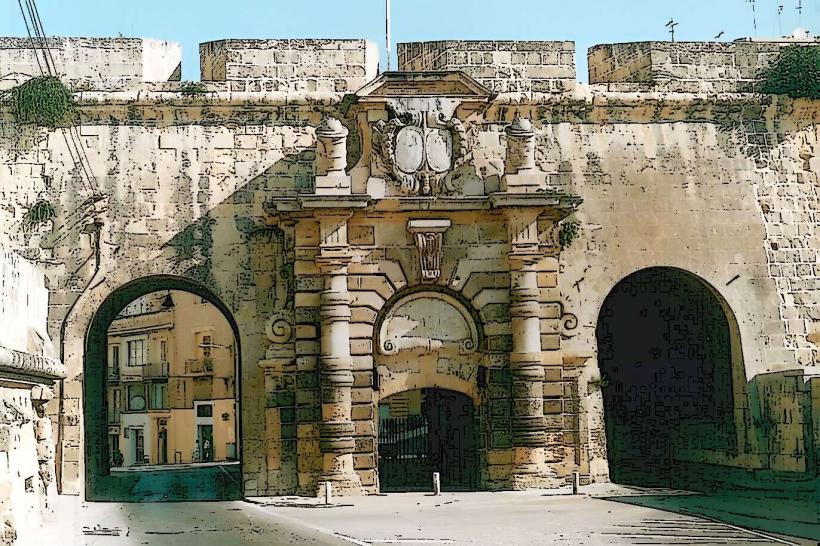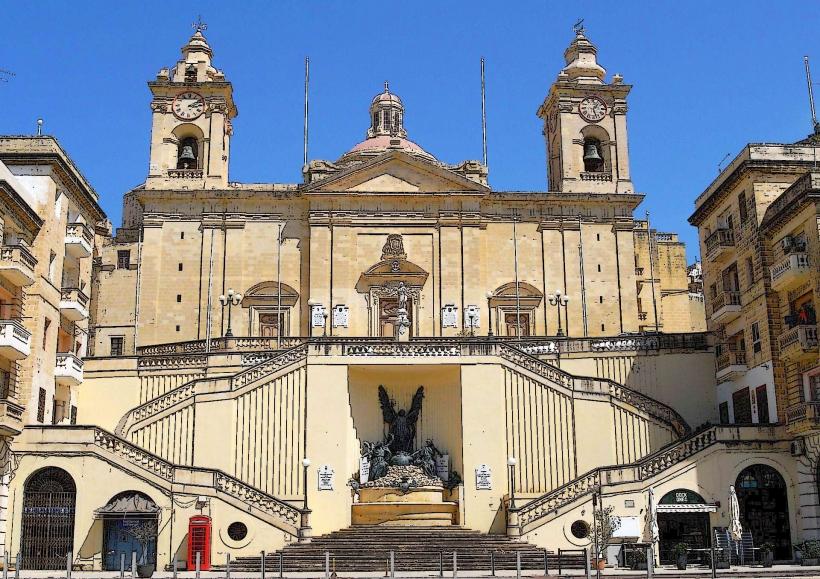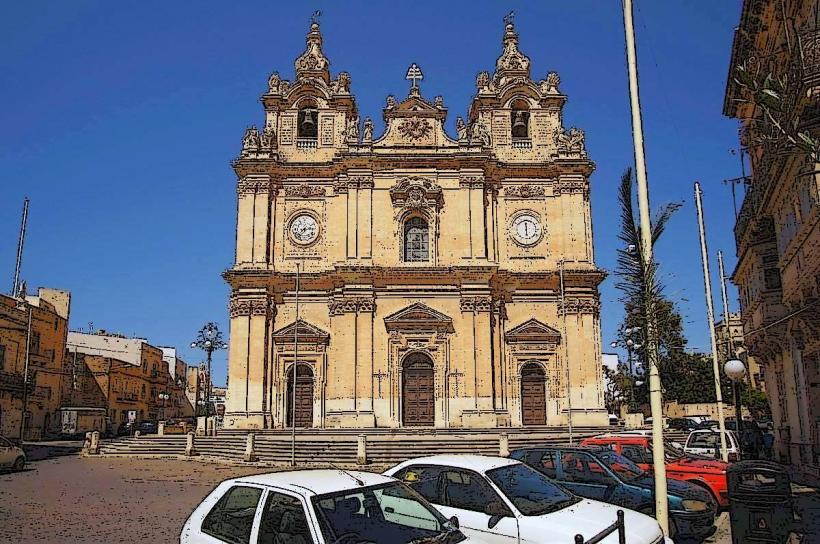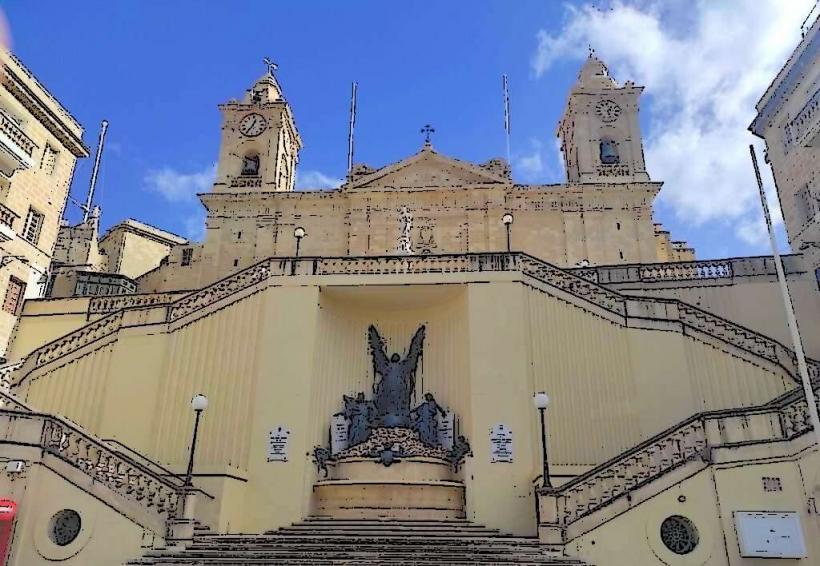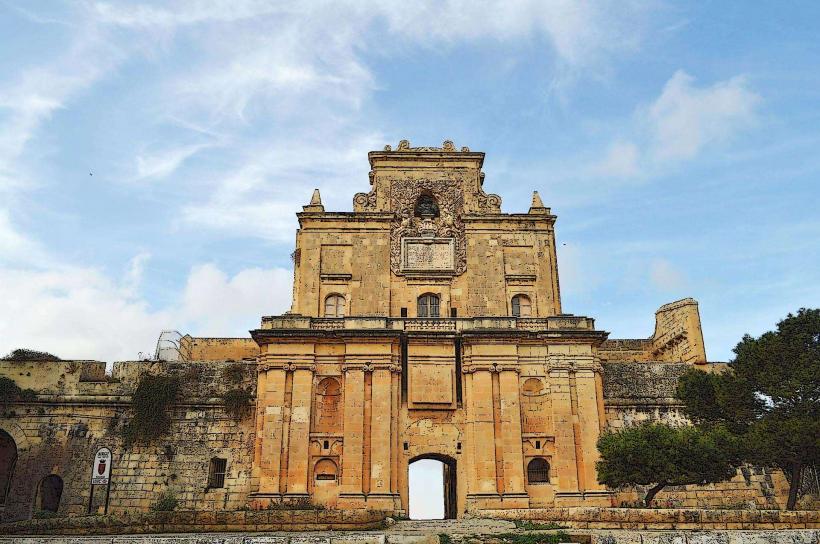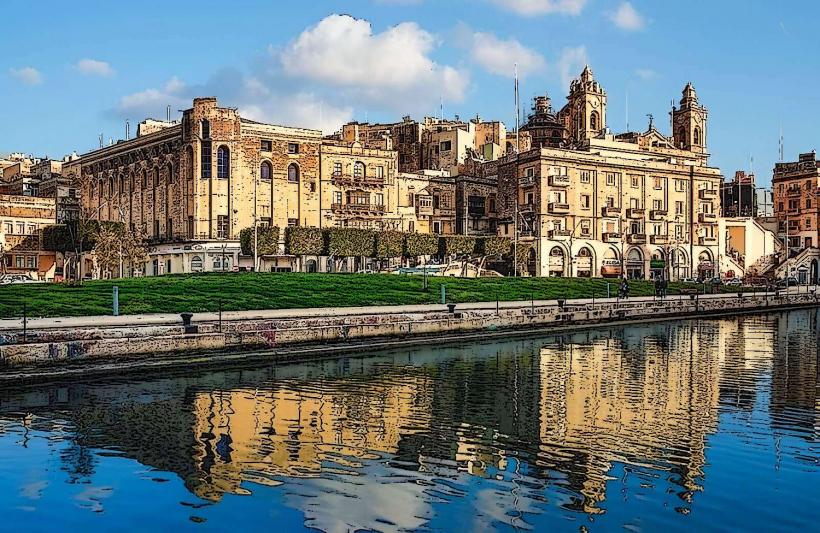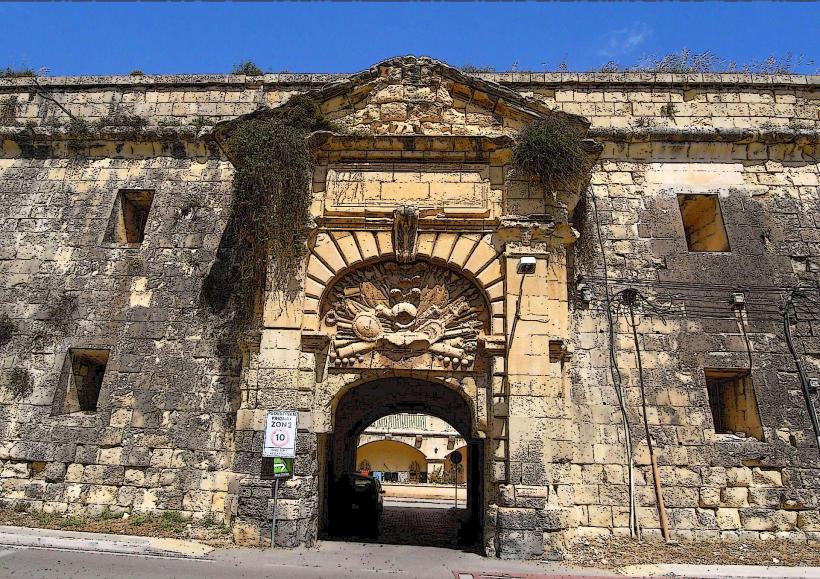Information
Landmark: Santa Margherita LinesCity: Cospicua
Country: Malta
Continent: Europe
The Santa Margherita Lines (also known as the Santa Margherita Bastion Lines) are a series of defensive fortifications in Cospicua, Malta, built during the late 17th century under the rule of the Knights of St. John. These lines were part of an extensive network of fortifications designed to defend the Grand Harbour area, particularly the Three Cities—Cospicua, Birgu (Vittoriosa), and Senglea (L-Isla).
Historical Context
Construction Era:
- The Santa Margherita Lines were constructed between 1680 and 1690. The fortifications were commissioned by the Knights of St. John as a response to the growing need for stronger defenses around the Grand Harbour. This was after the threat of Ottoman invasions had passed, but the Knights sought to bolster the island's defenses in preparation for future potential conflicts.
Named After:
- The lines are named after St. Margaret, the patron saint of the Knights of St. John, and were part of a larger series of fortifications designed to protect the harbor and its strategic positions.
Strategic Purpose:
- The Santa Margherita Lines were designed to be a defensive barrier between Cospicua and the sea, acting as a second line of defense in addition to the existing fortifications of Fort St. Angelo in Birgu and the Senglea Bastions. The lines also helped secure the landward approach to the Grand Harbour.
Military Function:
- The lines were integral to the defense of the Grand Harbour during the Napoleonic Wars and World War II, although by then, they had become somewhat outdated due to advances in military technology. Nonetheless, they played a critical role in the early years of modern Maltese defense.
Architectural Features
Construction Style:
- The Santa Margherita Lines are built in the traditional mannerist military architecture of the period, using the characteristic Malta limestone and designed to withstand artillery bombardments. The bastions and walls are reinforced with strong limestone masonry.
Bastions and Ramparts:
- The fortifications feature a series of bastions, ramparts, and walls that curve to follow the natural contours of the land. The lines were designed to create a fortified perimeter around Cospicua, protecting it from both land and sea-based attacks.
- The fortifications were originally equipped with cannon emplacements and military structures for housing soldiers, artillery, and ammunition.
Gates and Entrances:
- The lines had several entrances and gates, with strategic points that allowed defenders to monitor movements into and out of Cospicua. These gates also provided access for the transportation of supplies and troops.
Fortified Locations:
- The Santa Margherita Bastion is one of the key sections of the lines and stands as a prominent feature in the area. The bastion itself provided excellent views of the Grand Harbour and the surrounding areas, allowing defenders to control the strategic routes leading to the harbor.
Significance Today
Cultural Heritage:
- The Santa Margherita Lines are an important historical and cultural landmark. They represent Malta’s military heritage and the ingenuity of the Knights of St. John in defending the island from invaders.
- As part of Cospicua’s fortifications, they are listed as a Grade 1 scheduled property, meaning they are protected as a national monument.
Tourism and Education:
- The lines are a focal point for those interested in Malta’s history, particularly in the context of its military past. While not as famous as the Grand Harbour Fortifications or Fort St. Angelo, the Santa Margherita Lines offer a quieter, more intimate experience for visitors.
- They are also part of the Cospicua Heritage Walk, which guides tourists through the city's rich military and cultural history.
Restoration Efforts:
- Some sections of the Santa Margherita Lines have been preserved and are undergoing restoration to ensure their survival. The efforts to restore these fortifications help keep alive the history of Malta’s defense system.
Visitor Experience
Walking Tours:
- Visitors can explore the Santa Margherita Lines on foot as part of a walking tour of Cospicua. The lines, with their well-preserved ramparts and bastions, offer a glimpse into the military strategies of the Knights of St. John.
Photography:
- The fortifications offer excellent views over Cospicua and the surrounding areas, including the Grand Harbour. The location is ideal for photographers who want to capture the historic architecture and panoramic views.
Educational Activities:
- Visitors interested in learning more about Malta's military history can engage with information panels or guided tours that explain the purpose and significance of the Santa Margherita Lines.
Accessibility
- On Foot:
- The Santa Margherita Lines are accessible by foot from the streets of Cospicua, and visitors can easily explore them as part of the Cospicua heritage route.
- Public Transport:
- Cospicua is well-served by public buses that link it to Valletta and other parts of Malta. From the bus stops, the Santa Margherita Lines are a short walk away.
- By Water Taxi:
- Visitors arriving by water taxi to the Cospicua Waterfront can easily access the Santa Margherita Lines from the nearby waterfront area.
Conclusion
The Santa Margherita Lines are an important part of Malta’s military heritage, offering insights into the defensive strategies employed by the Knights of St. John and later forces. The lines’ historical and architectural significance, combined with their stunning views of the Grand Harbour, make them a must-visit for those interested in Malta's rich past. Whether for historical exploration or scenic appreciation, the Santa Margherita Lines stand as a testament to the island's enduring strength and strategic importance.

